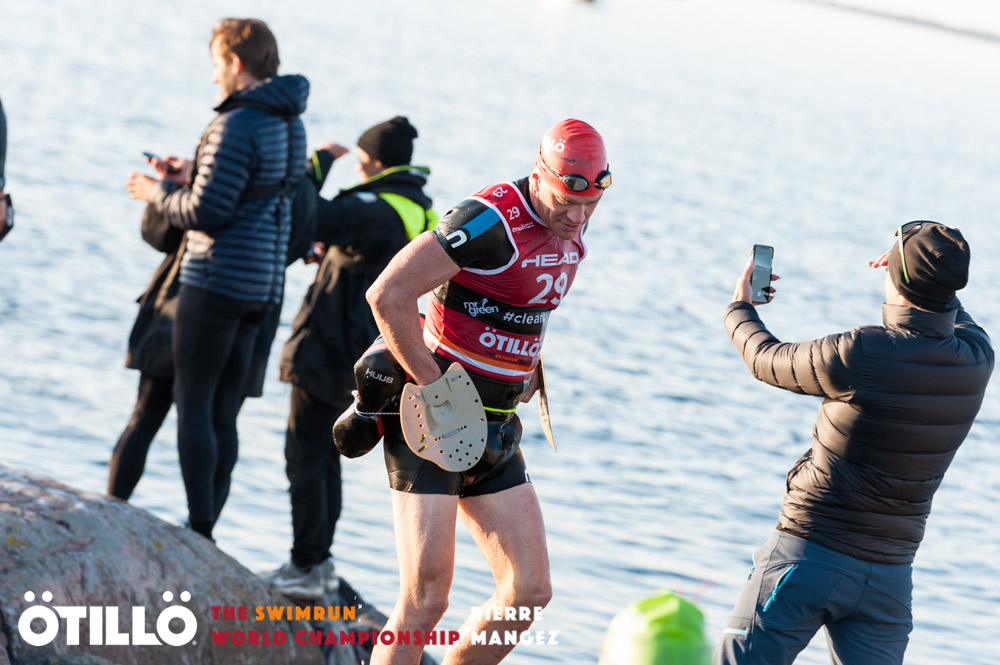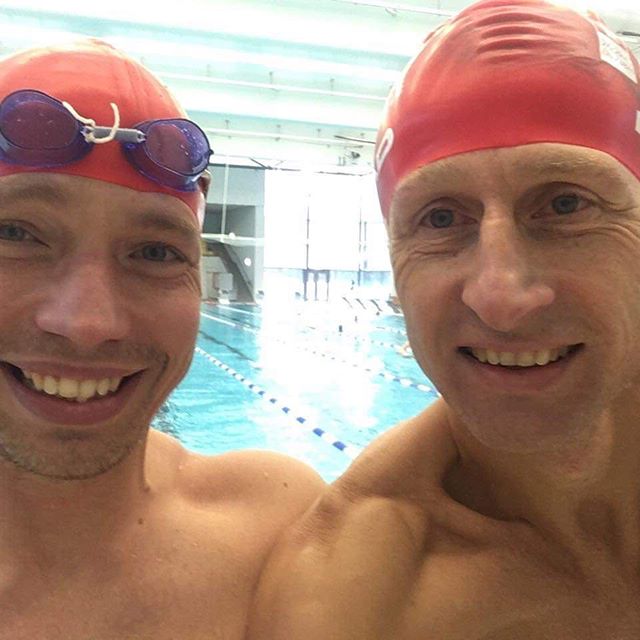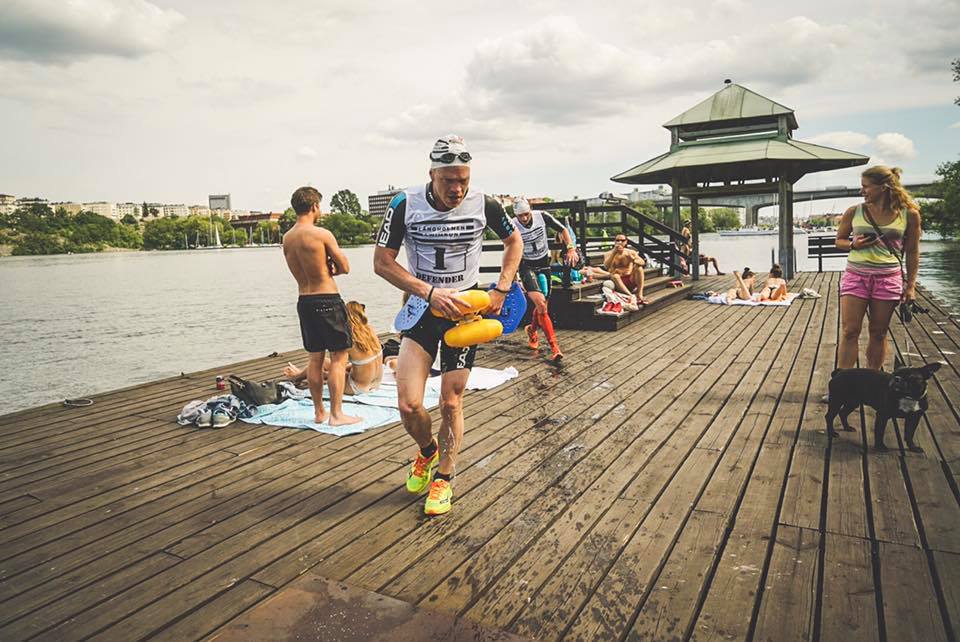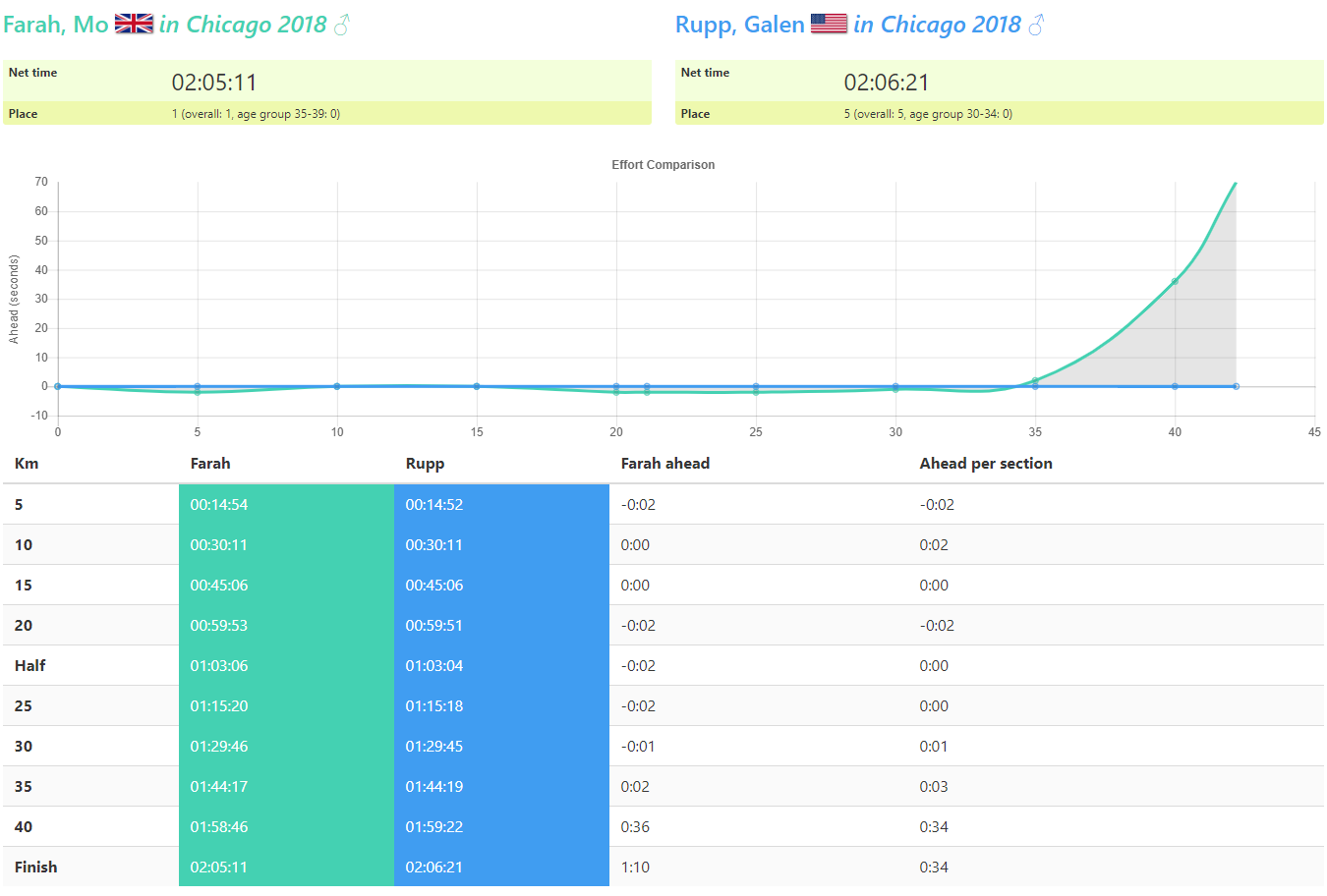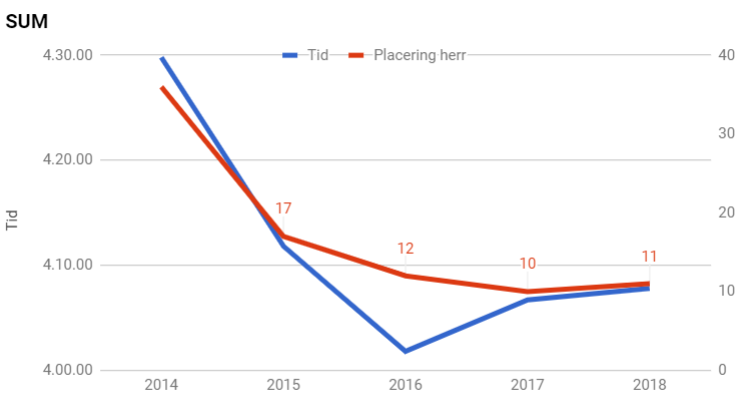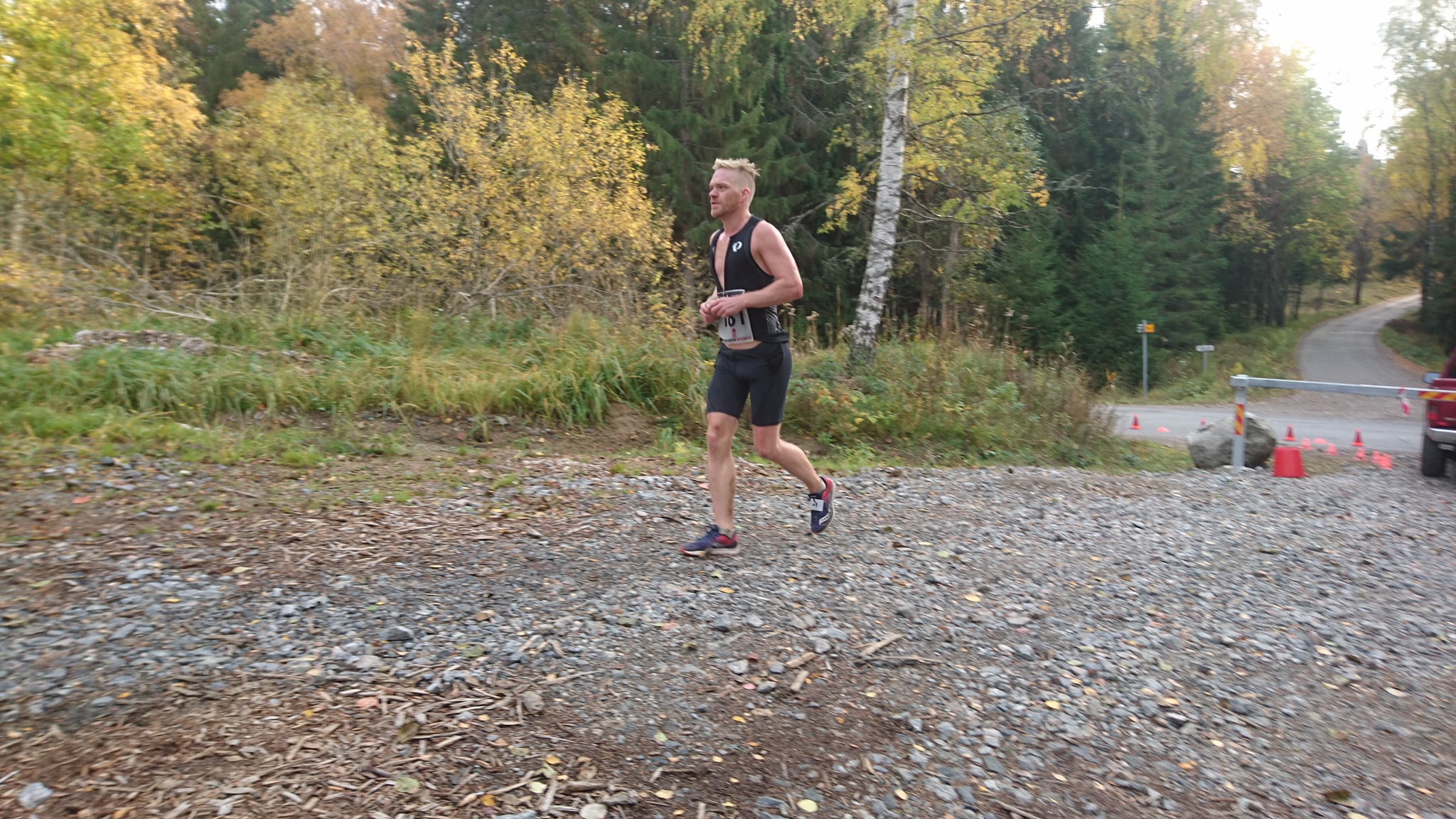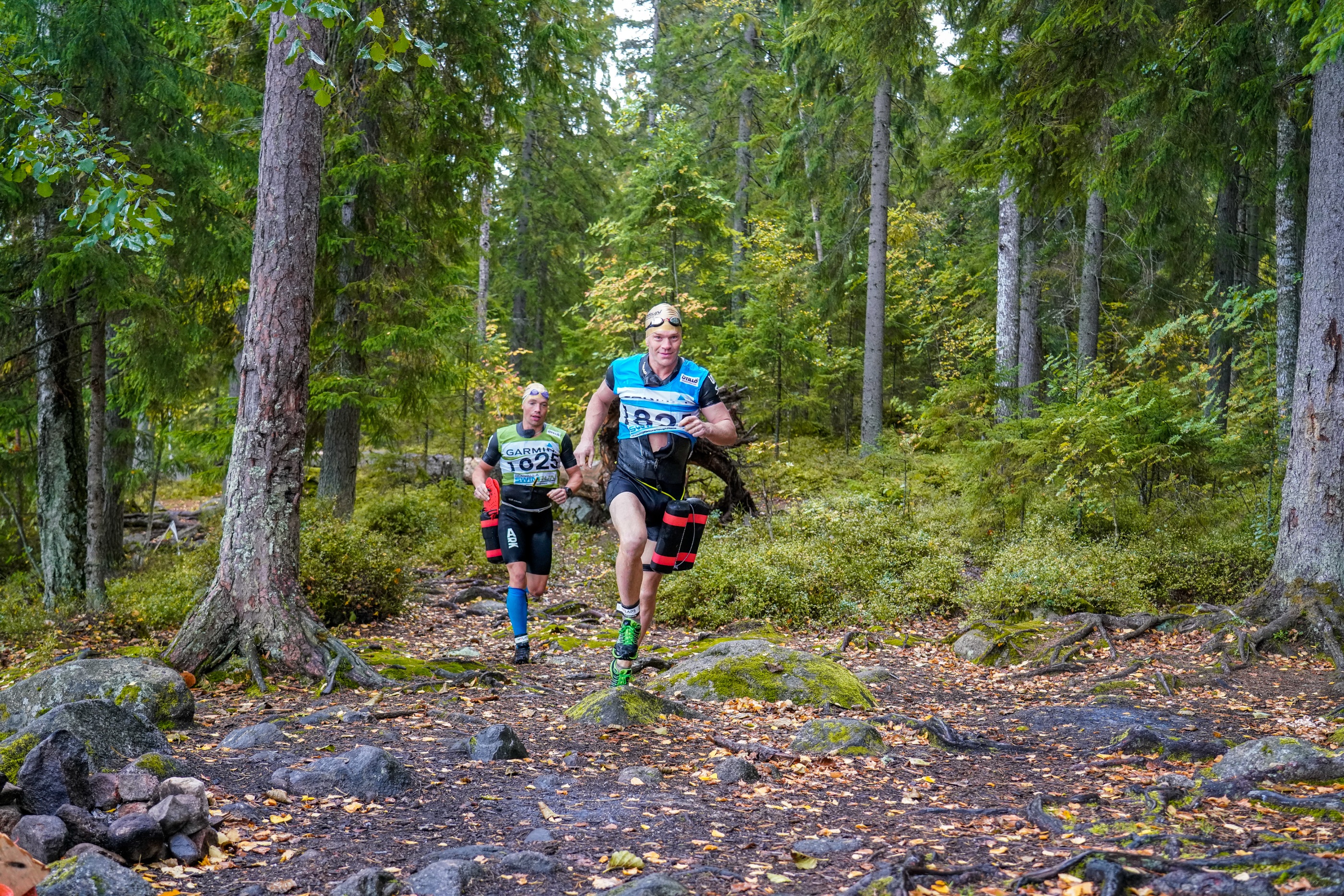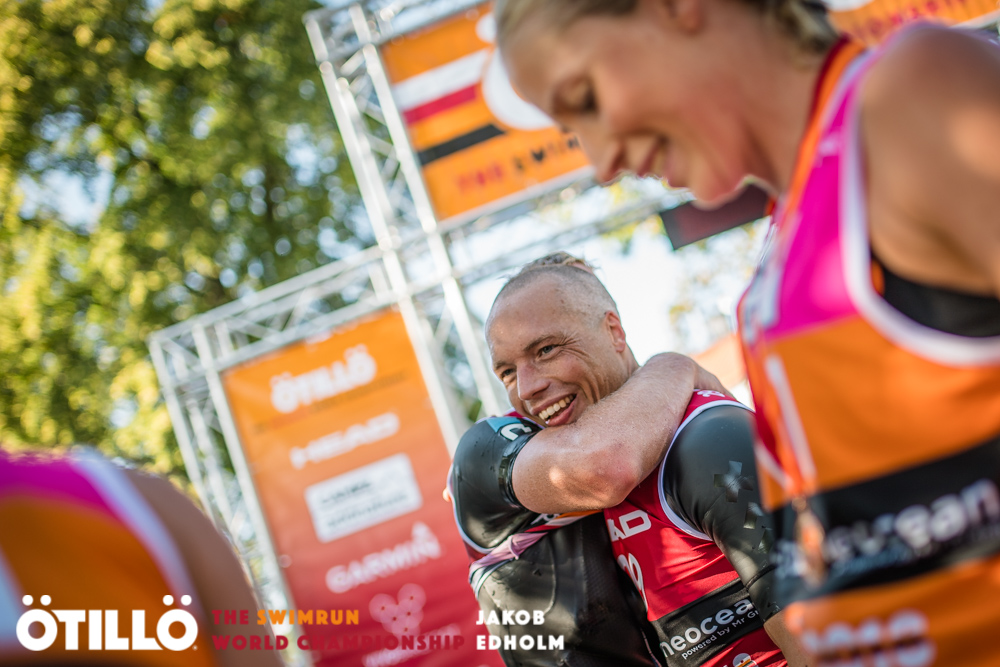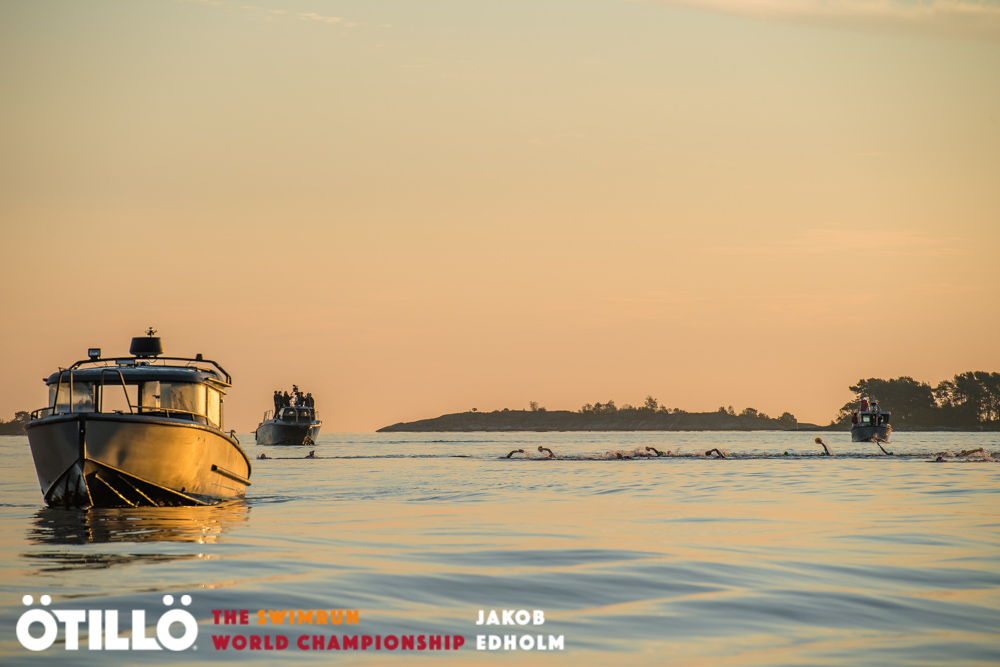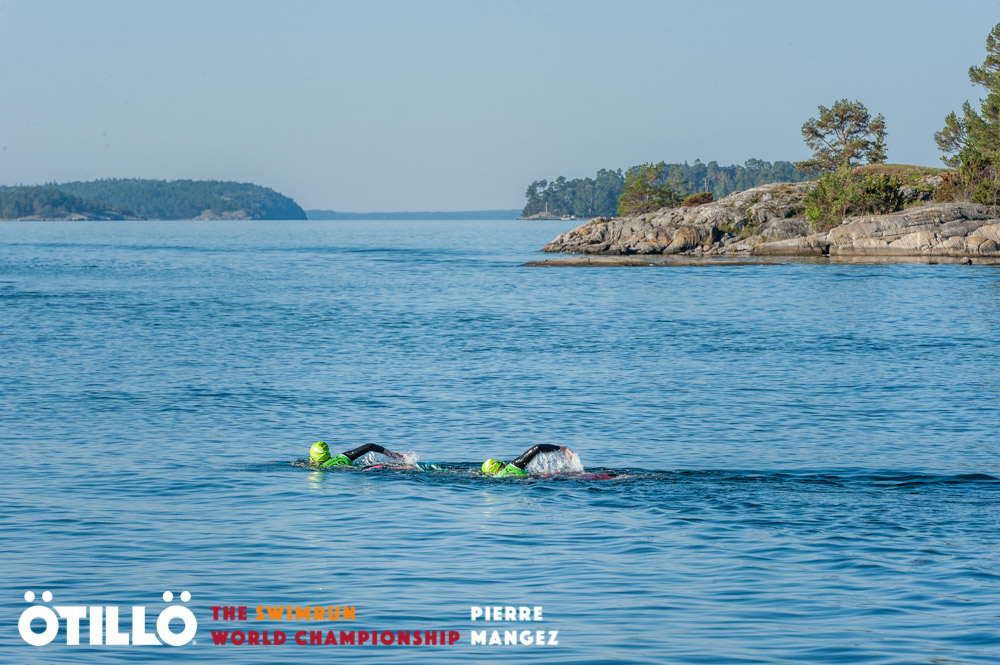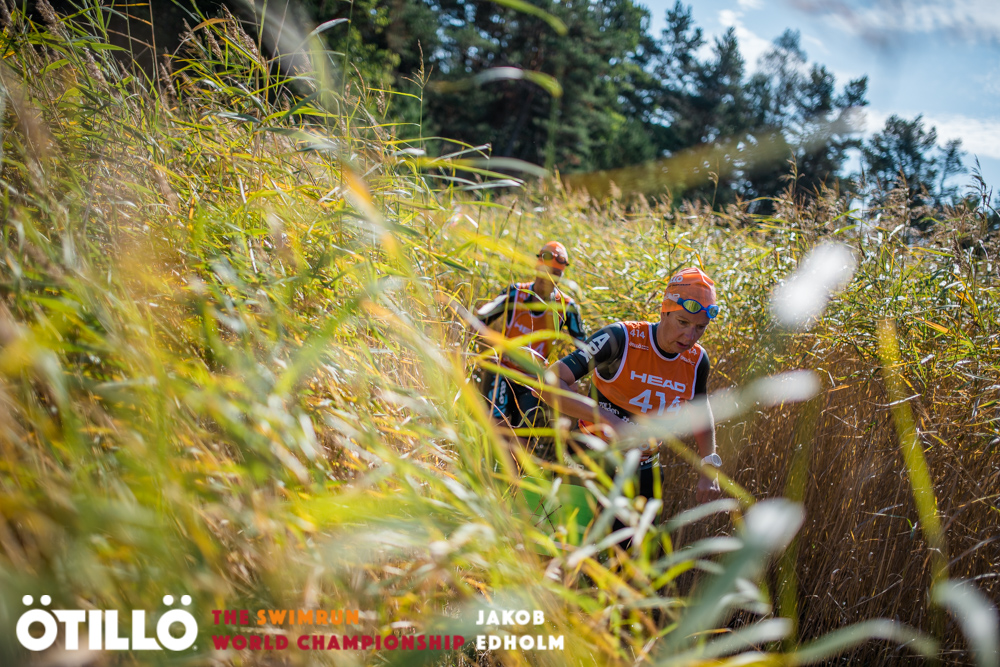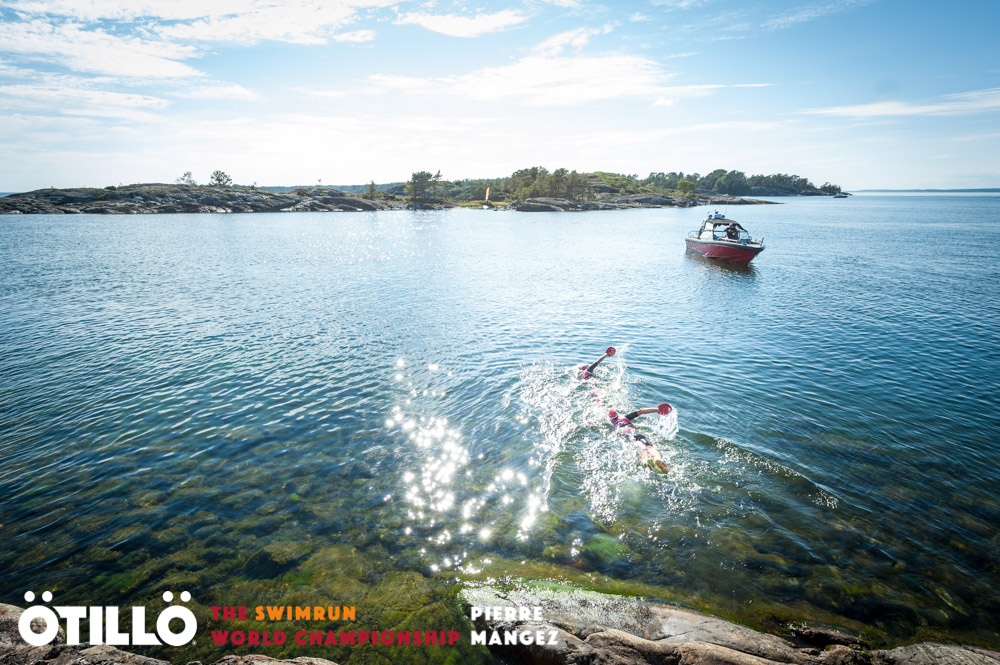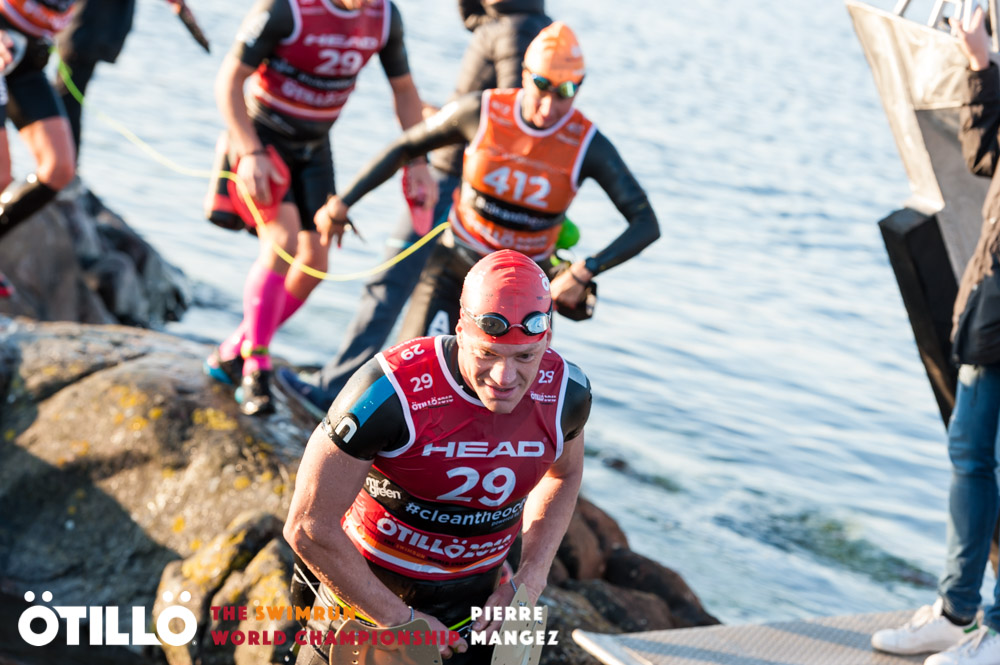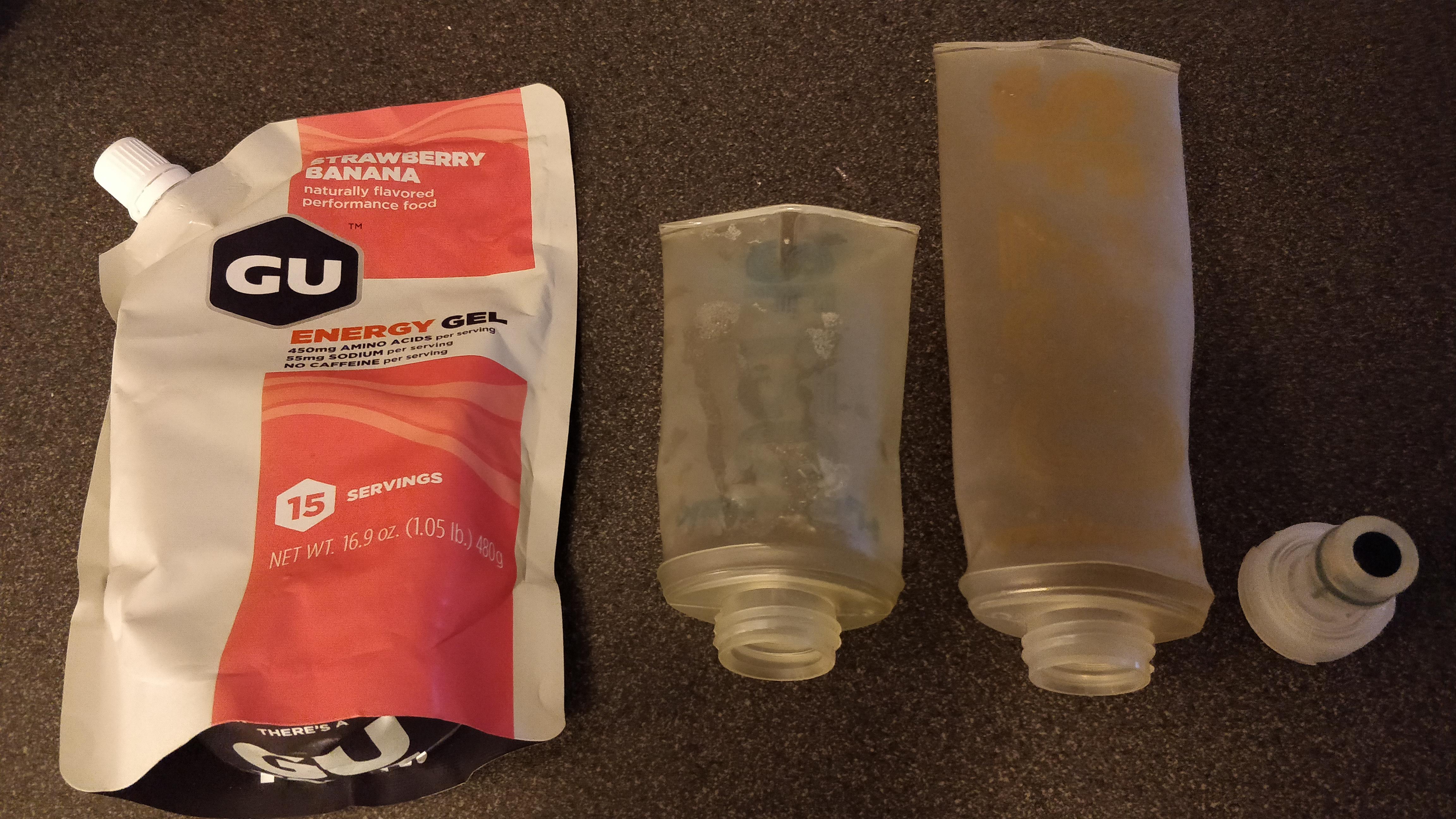Nytt år och dags att summera 2018.
| 2017 | 2018 | |
| Simning (m/v) | 6 142 | 5 744 |
| Löpning (km/v) | 75,19 | 67,45 |
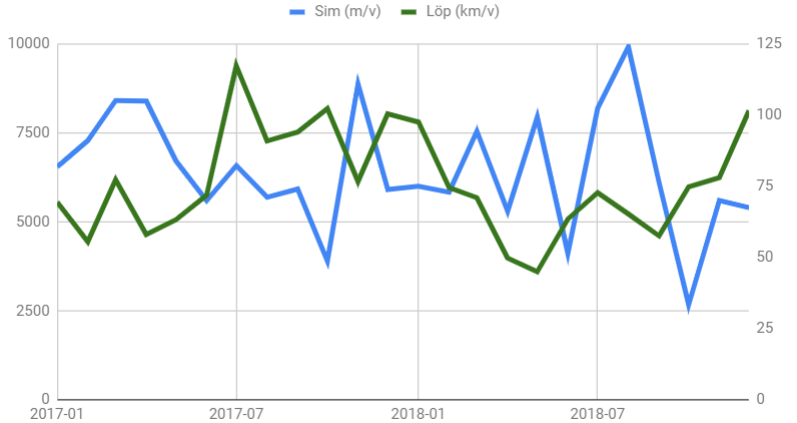
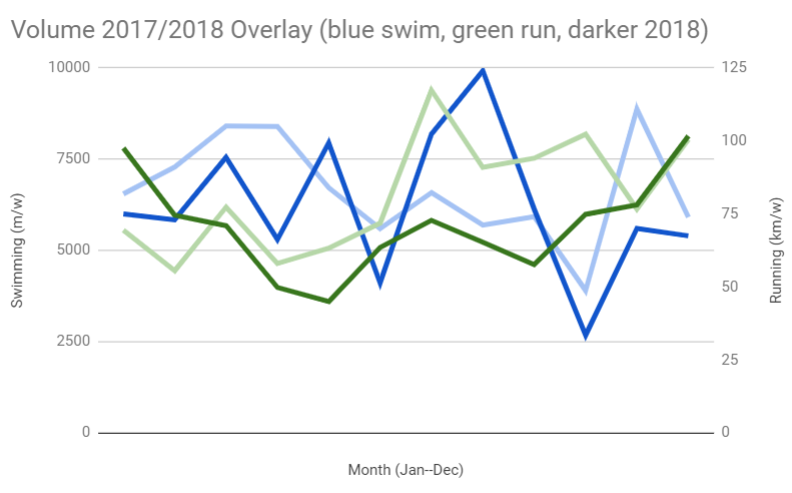
Om vi bara tittar på volym så kan vi dra slutsatsen att volymen var något för liten 2018. Jag har inte riktigt nått volymmålen jag satte inför hösten. Jag hade inte märkt det om jag inte loggat träningen och skapat diagram, så det är tydligen en nyttig syssla.
Men det är inte panikläge, iaf. I fjärde kvartalet har jag simmat helt utan gear vilket för mig nog innebär mer träningsvärde per meter. Angående löpning hade jag över årsskiftet förra året ett 100 km/v-projekt som räckte nästan ett halvår. I år har jag samma projekt och december blev det över 100 km/v i genomsnitt, så jag är igång. Löpningen innehåller mer kvalité än året innan vilket också gör mig hoppfull.
2019 kan jag bli starkare än 2018, men det förutsätter mycket simning och löpning under våren. Istället för bara långsiktiga mål som ÖTILLÖ i september så kan vi separera perioden fram till påsk. Förmodligen bouldrar jag i Frankrike i påsk och ÖTILLÖ Utö 19 maj ger också ett naturligt delmål. Fram till dess hög volym.
Jag avslutar med något helt annat. Under hösten har jag påbörjat tre sportrelaterade hobbyprojekt. Det är tre webappar som alla har något med idrottsstatistik att göra:
Enjoy!
Och så en bild från en av årets höjdpunkter — den ädla tävlingen ÖTILLÖ, kärvänligt kallad “en underbar misär”.
